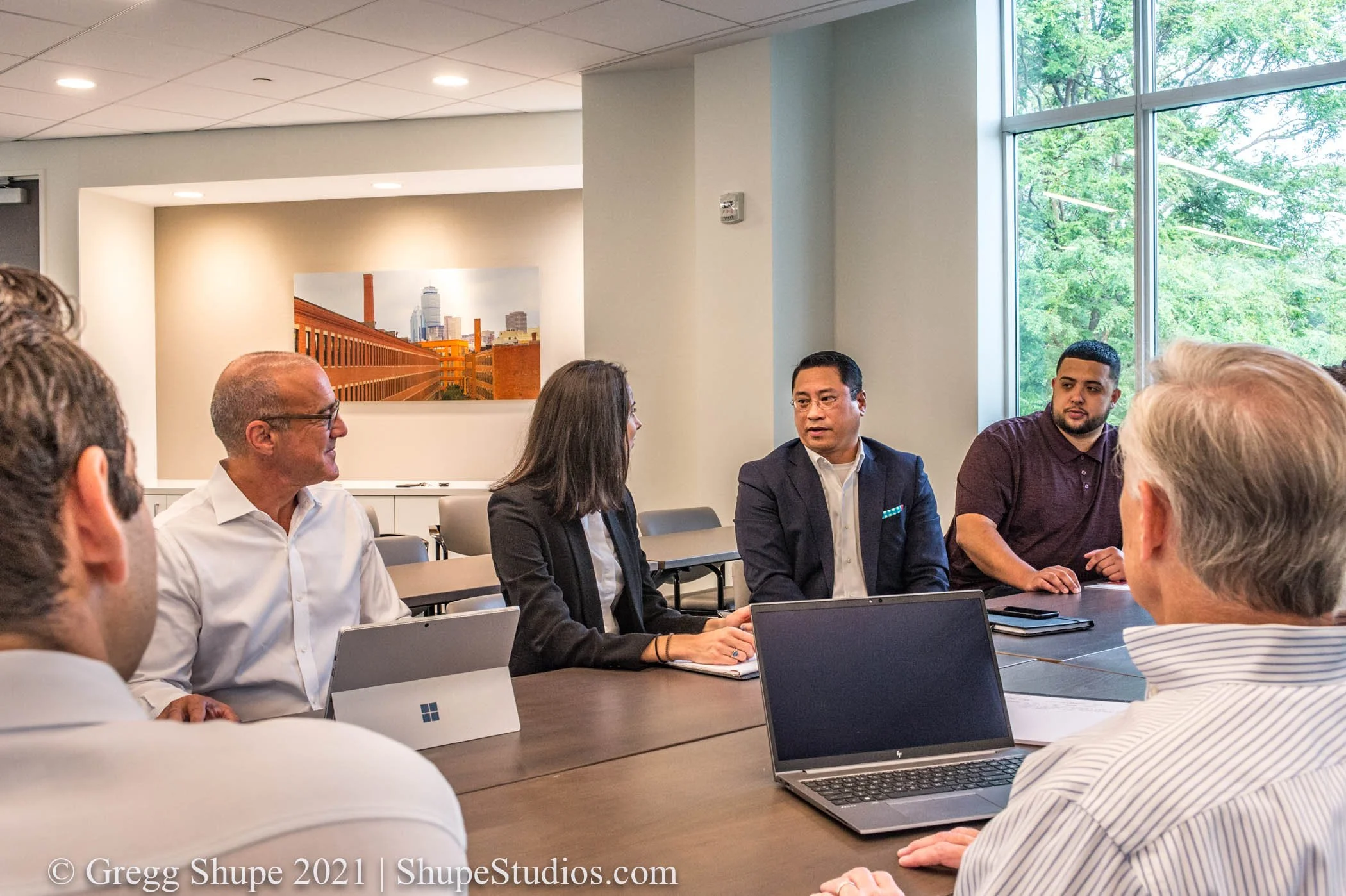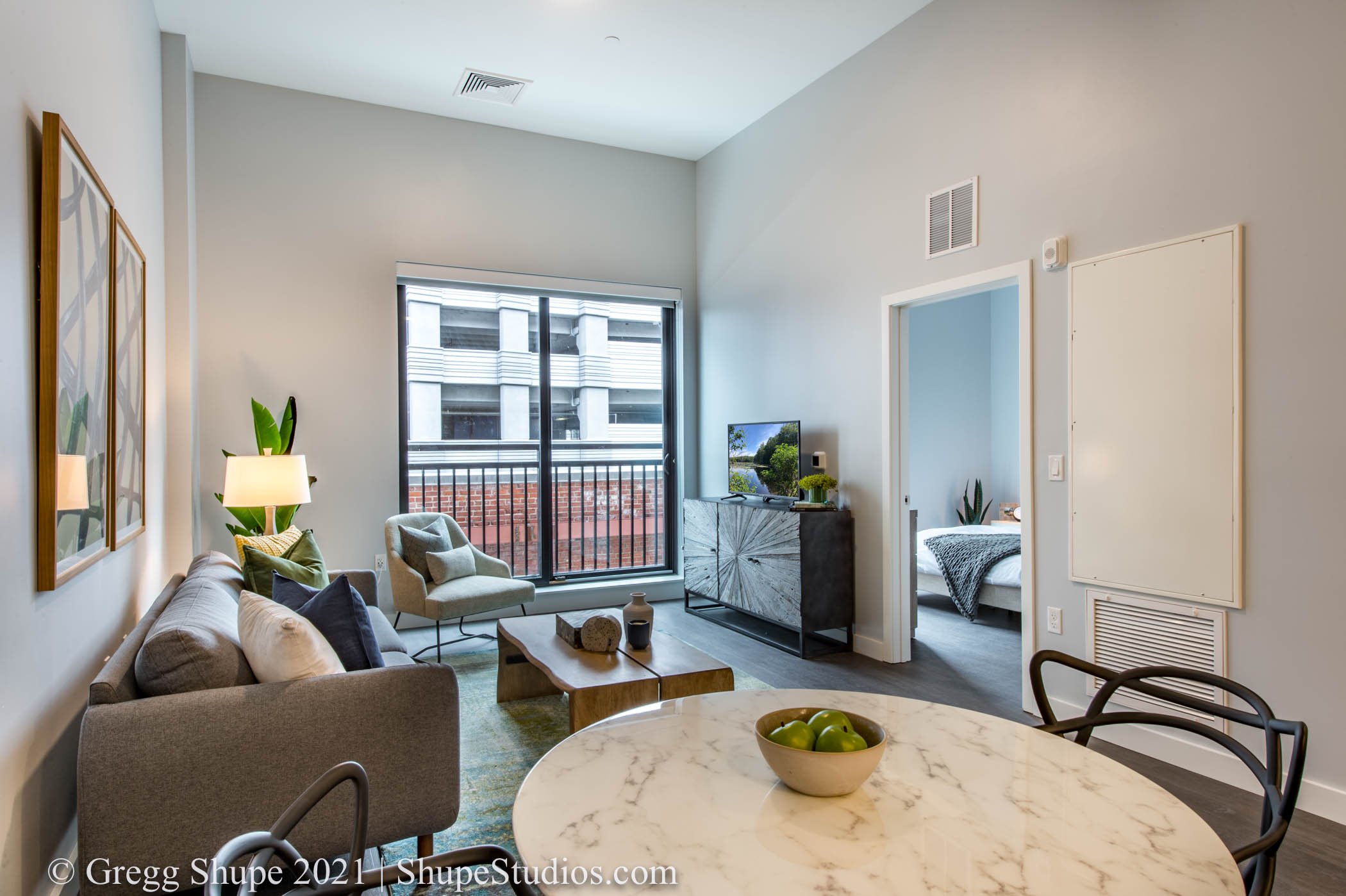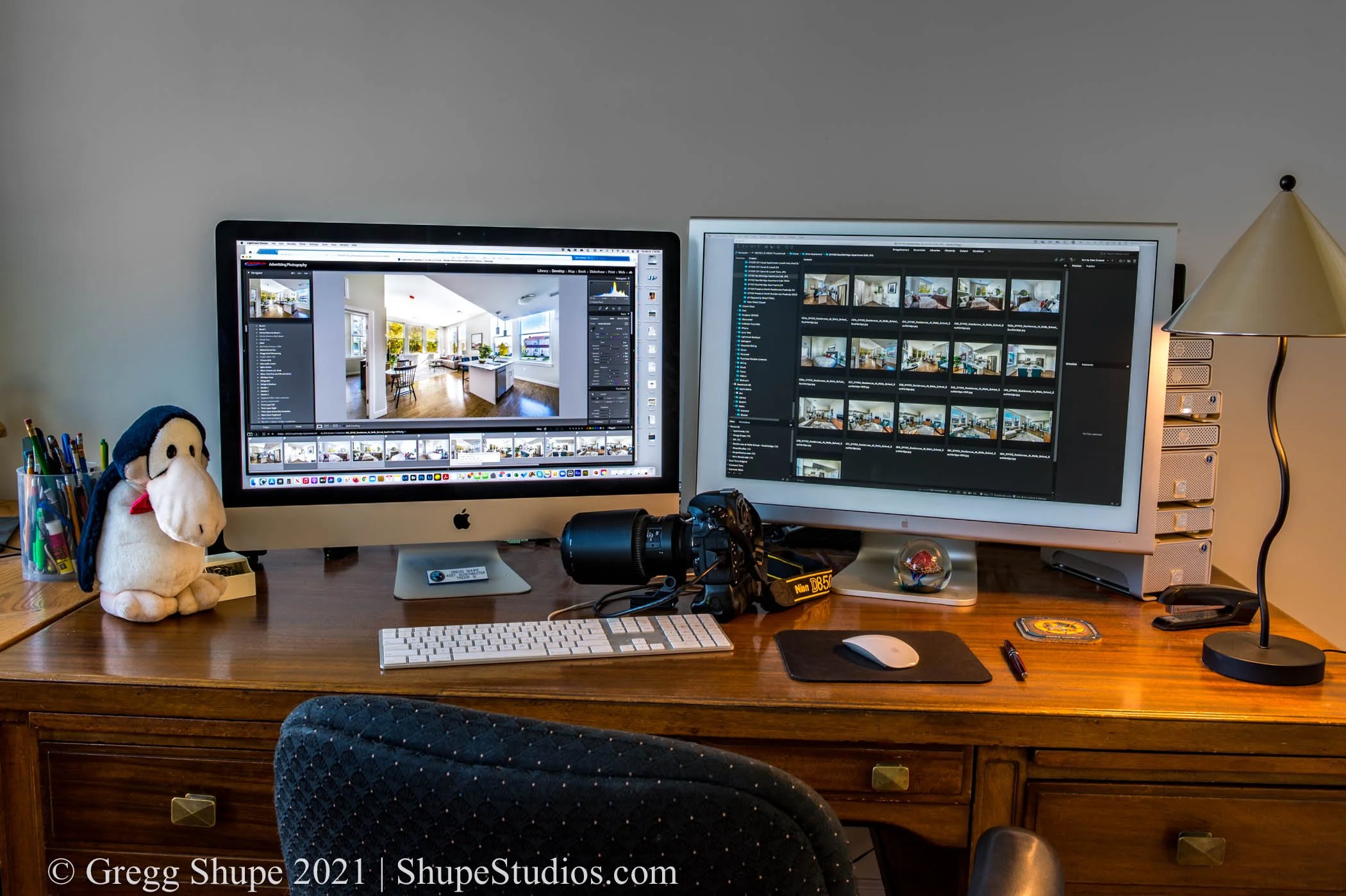I find that pricing is a bit of a mystery for most clients so I thought I’d explain the various pricing options used by photographers as well as what goes into a shoot that creates cost. What may seem like a fairly simple process is likely more complex than most imagine.
Estimating
Estimating can be complex or straightforward depending on the nature of the shoot but it always entails the same process starting with client’s scope of work. From there the photographer, in conjunction with the client and or creatives (art director/marketing professional), works up a shot list. This can also include a walk-though of the requested site to be photographed. Weather, sunlight, timing, models, styling, and location constraints all need to be factored in. For example, you can only access a school after children have left, or a medical facility when patients are not present.
Planning for a shoot will involve client staff, creatives, the photographer, and potentially facilities personnel.
Rate Structures
Photographers price their work based on time, typically in the form of a “day rate” – often a half or full day. That isn’t always optimal for clients since they may need more or less so I developed a unique structure benefit called ganged hours over a 30 day period, which is more flexible. Let me give you an example, say I’m tasked with shooting a building – at any given time of day part of it will be in light and part in shadow. With a day rate a professional photographer would go there on a specific day and take all the requested photos with the result that some sides of the building will look better than others. With my ganging of hours you aren’t on the hook for an all or nothing day or half day. In this case I’d go to the building several times and follow the light as it moved. I might shoot the east side in the morning and come back that or another afternoon to get the west side. The other advantage of ganged hours is weather - if the day clouds up or it rains, I can come another day. Some photographers charge rain or shine.
What’s Included
The standard rate often includes getting to the location, a walk through, finalizing the shots, setting angles, and dealing with onsite issues. Next comes setting up gear, staging, and finally the actual photography. Keep in mind if the photographer has to move among locations on a property, it involves breaking down and setting up gear at each spot. When you have multiple shots at a location the day gets eaten up very quickly. The photographer’s rate will likely include some level of post-production work but exactly what is or is not should be discussed beforehand.
Overhead
Built into any professional fee whether it is a dentist, lawyer or photographer is standard overhead. In addition photographers have the cost of assistants, vehicles, cameras, lenses, lighting, gear, and props – not to mention computers, software and personnel needed for postproduction work – a significant cost in the digital era.
Technology
In the old days of film it could take a half day just to shoot a kitchen. Getting the light correct, masking out the windows, double and triple exposures to clean up the different light sources, and then Polaroid after Polaroid to proof the shot. In those days the bulk of the cost of the shoot was time spent on location. Today total time for a project is the same, but with digital technology proportionately less time is spent on-location since we can proof our images right on the camera or monitor and have the ability to deal with lighting issues in post-production. Much of the work previously done on-location is now done afterwards in the digital studio.
This is a nice shot but post-production by a professional photographer will take it to the next level.
Notice the color tones, enhanced lighting, new view out the window, and photoshopping of the wall. Post-production takes a photo from good to great.
Post Production
Digital photography opened up a new world where elements could be added and removed from the shot, colors enhanced, changed or corrected, and almost unlimited special effects could fine tune and improve any photo. This is time consuming and highly specialized work which is why photographers charge for post-production. It can be called many different things including digital work, digital production, computer time or in my case capture fees. Post-production work is often billed on a time basis or it can be based per room, per exterior surface, per scenario etc. In my case the deliverable/capture fee includes multiple images/views/angles of the subject item, space, or exterior surface. In some cases, the client does a review and additional post processing and or “Photoshopping” may happen which expands the scope of the work.
Post production is all-digital, it requires sophisticated software and the expertise of a specialist.
We Are Here to Help
At ShupeStudios our goal is to provide added value - the best services combined with a superior price structure. If you need a head start on next year for residential structures, commercial buildings, or landscapes - we provide superb results. Please give me a call and let’s make it happen.




